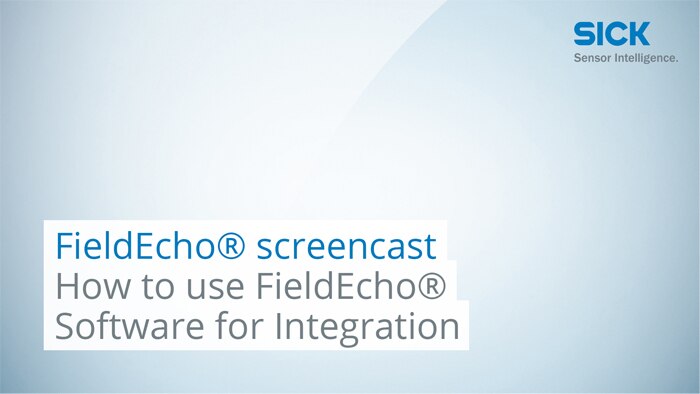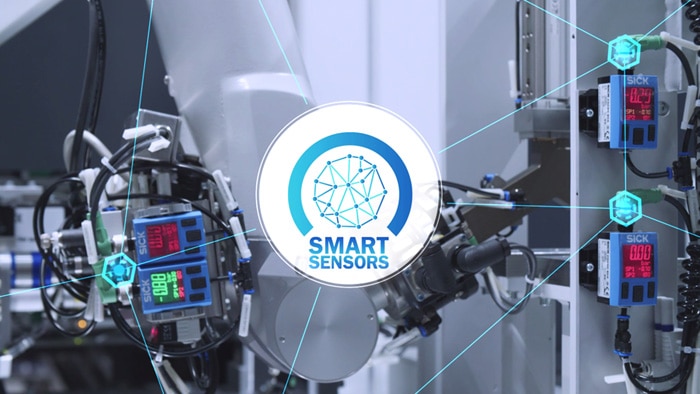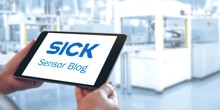Making the benefits of IO-Link more accessible and useful
SICK developed the FieldEcho software tool with the aim of closing any existing integration gaps, making the use of IO-Link devices as easy and resource-efficient as possible and providing IO-Link data for Industry 4.0 applications using typical IT processes. It offers complete access to all IO-Link device data at all times in order to call up, observe or change it via a browser or HMI (human machine interface). The IODD of the connected IO-Link devices detected by the FieldEcho are automatically downloaded and made available to the ports of the configured IO-Link masters. There time usually needed for manual downloads is saved. Communication is dependent on the system - it can be done via different PLCs, fieldbuses and IO-Link masters. The time and effort for development is minimal: The software developer of the machine manufacturer only has to write a single line of PLC code, with which the function block generated and delivered by the FieldEcho is called up to send read or write requests to the IO-Link devices. Controls from Beckhoff, Mitsubishi, Rockwell Automation and Siemens are currently supported. With read and write data access, the FieldEcho communicates with the machine PLC via OPC UA or TCP/IP, both which are established standards in industrial communication and are sufficiently future-proof. A REST API, through which data is sent and received in JSON format, is also sent and received on board. You can transmit IO-Link device data to ERP and MES sys-tems as well as cloud-based services in this way in order to use the data in the Industry 4.0 world, for example for data analysis, predic-tive maintenance or inventory.







